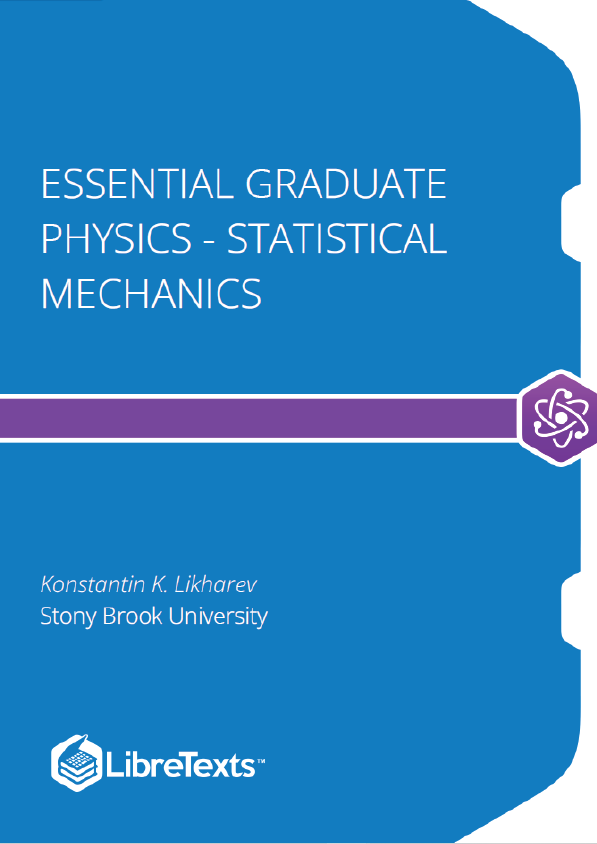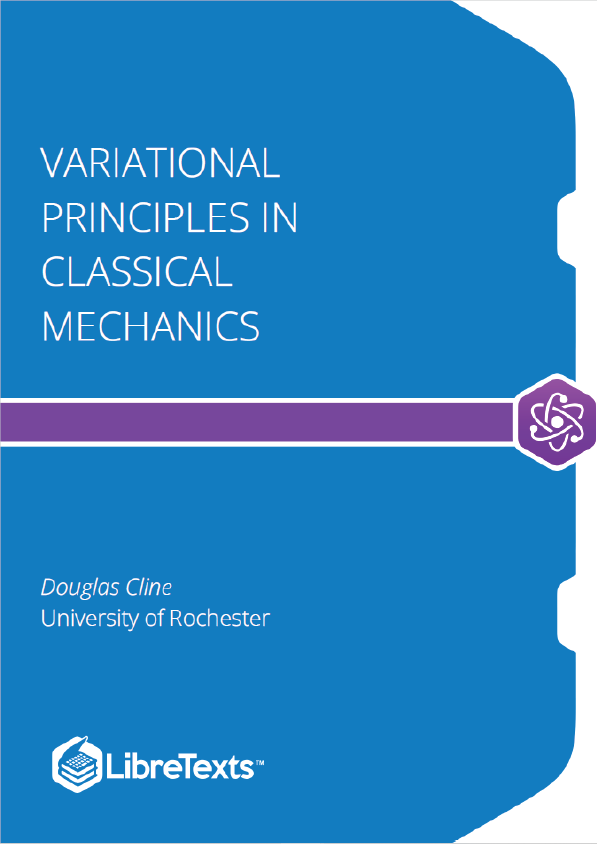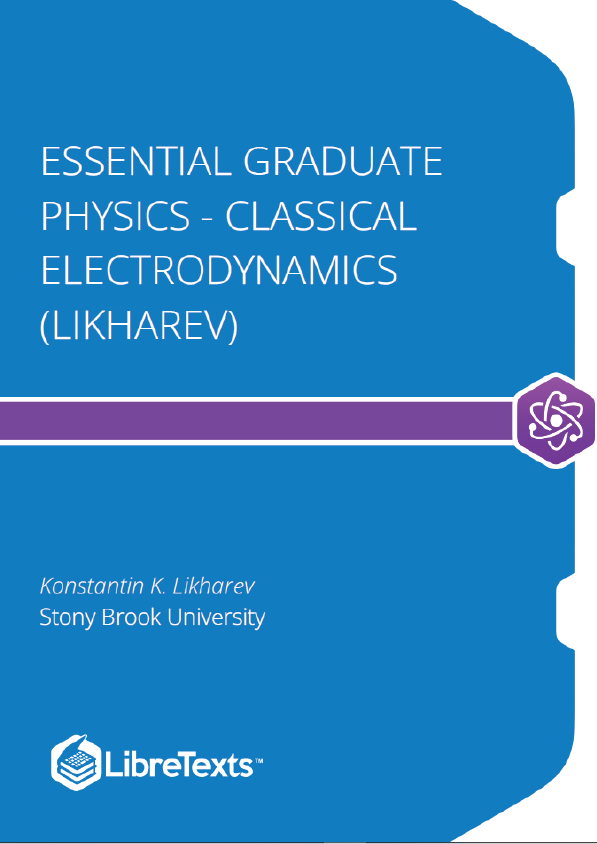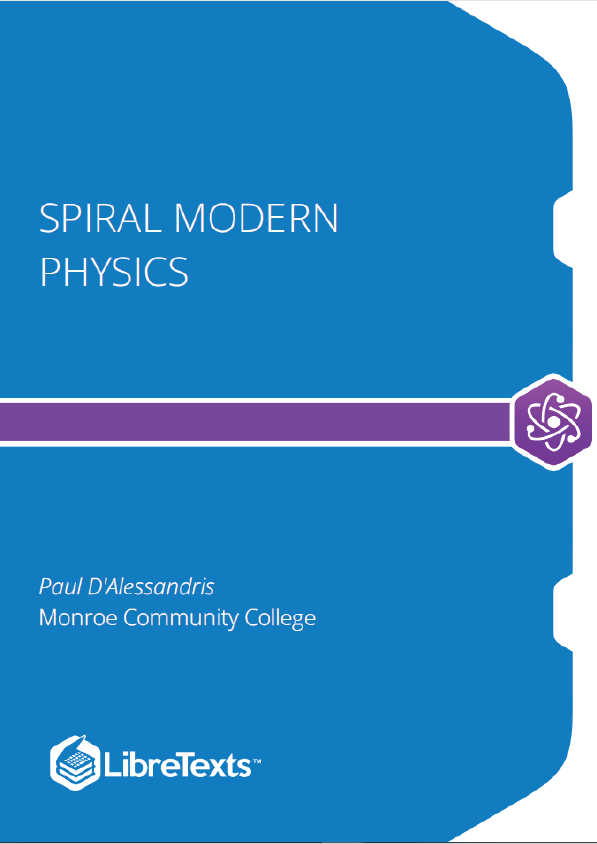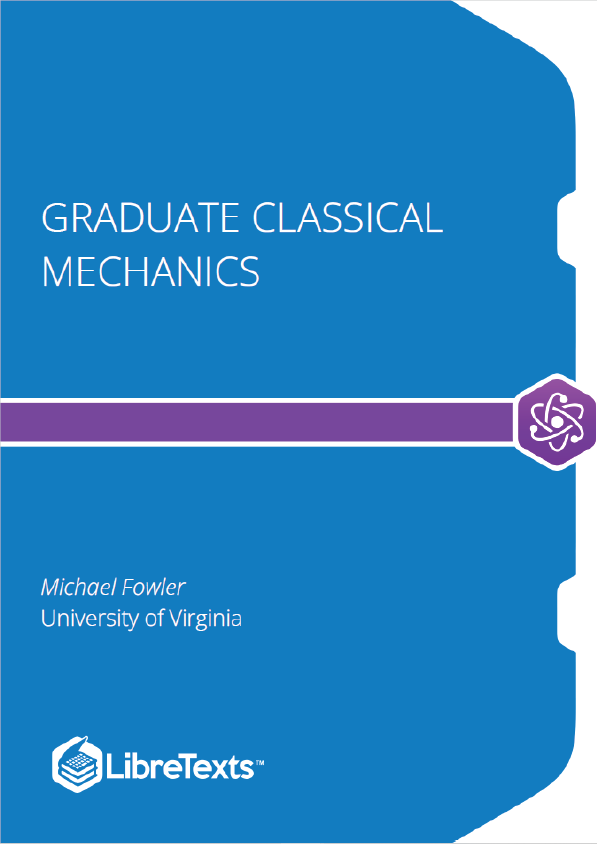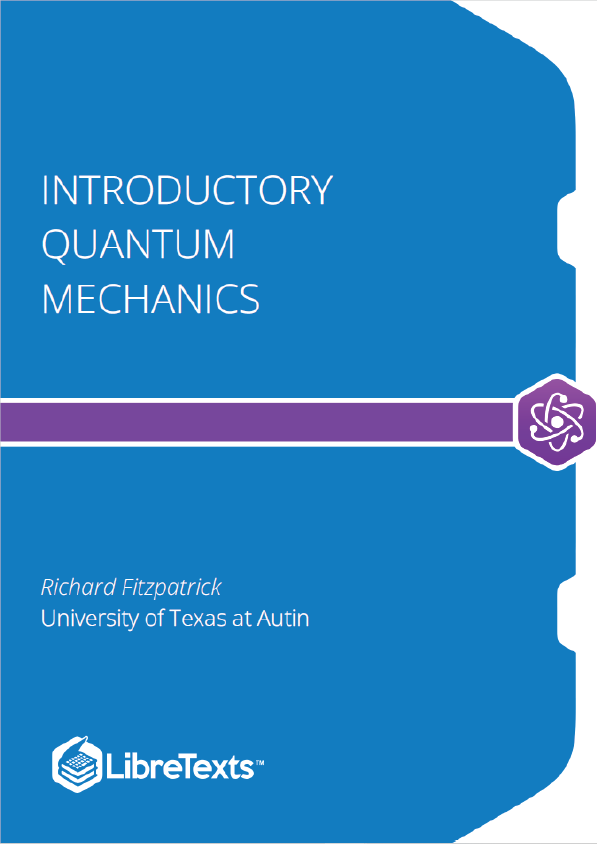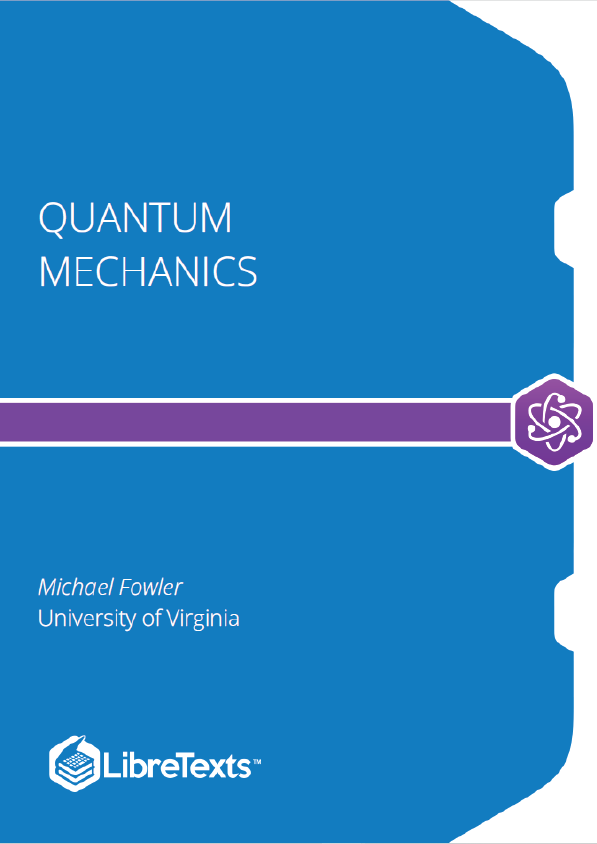Review of Thermodynamics
This chapter starts from a brief discussion of the subject of statistical physics and thermodynamics, and the relation between these two disciplines. Then I proceed to a review of the basic notions and relations of thermodynamics. Most of this material is supposed to be known to the reader from their undergraduate studies, so the discussion is rather brief.
Introduction – Statistical physics and thermodynamics
The motivation for the statistical approach to such systems is straightforward: even if the laws governing the dynamics of each particle and their interactions were exactly known, and we had infinite computing resources at our disposal, calculating the exact evolution of the system in time would be impossible, at least because it is completely impracticable to measure the exact initial state of each component – in the classical case, the initial position and velocity of each particle. The situation is further exacerbated by the phenomena of chaos and turbulence, and the quantum-mechanical uncertainty, which do not allow the exact calculation of final positions and velocities of the component particles even if their initial state is known with the best possible precision. As a result, in most situations, only statistical predictions about the behavior of such systems may be made, with the probability theory becoming a major tool of the mathematical arsenal.
The reason for the appearance of the pair of variables in formulas of thermodynamics and statistical mechanics is that the statistical approach to large systems of particles brings some qualitatively new results, most notably the notion of the irreversible time evolution of collective (macroscopic) variables describing the system. On one hand, the irreversibility looks absolutely natural in such phenomena as the diffusion of an ink drop in a glass of water. In the beginning, the ink molecules are located in a certain small part of the system’s volume, i.e. to some extent ordered, while at the late stages of diffusion, the position of each molecule in the glass is essentially random. However, as a second thought, the irreversibility is rather surprising, taking into account that the laws governing the motion of the system’s components are time-reversible – such as the Newton laws or the basic laws of quantum mechanics. Indeed, if at a late stage of the diffusion process, we reversed the velocities of all molecules exactly and simultaneously, the ink molecules would again gather (for a moment) into the original spot. The problem is that getting the information necessary for the exact velocity reversal is not practicable. This example shows a deep connection between statistical mechanics and information theory.
A qualitative discussion of the reversibility-irreversibility dilemma requires a strict definition of the basic notion of statistical mechanics (and indeed of the probability theory), the statistical ensemble, and I would like to postpone it until the beginning of Chapter 2. In particular, in that chapter, we will see that the basic law of irreversible behavior is an increase of the entropy in any closed system. Thus, the statistical mechanics, without defying the “microscopic” laws governing the evolution of system’s components, introduces on top of them some new “macroscopic” laws, intrinsically related to the evolution of information, i.e. the degree of our knowledge of the microscopic state of the system.
